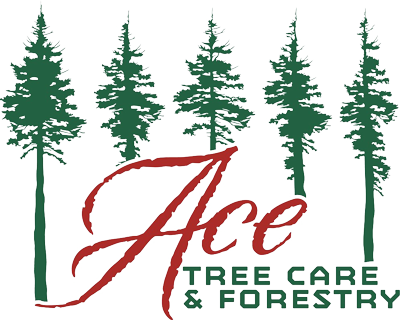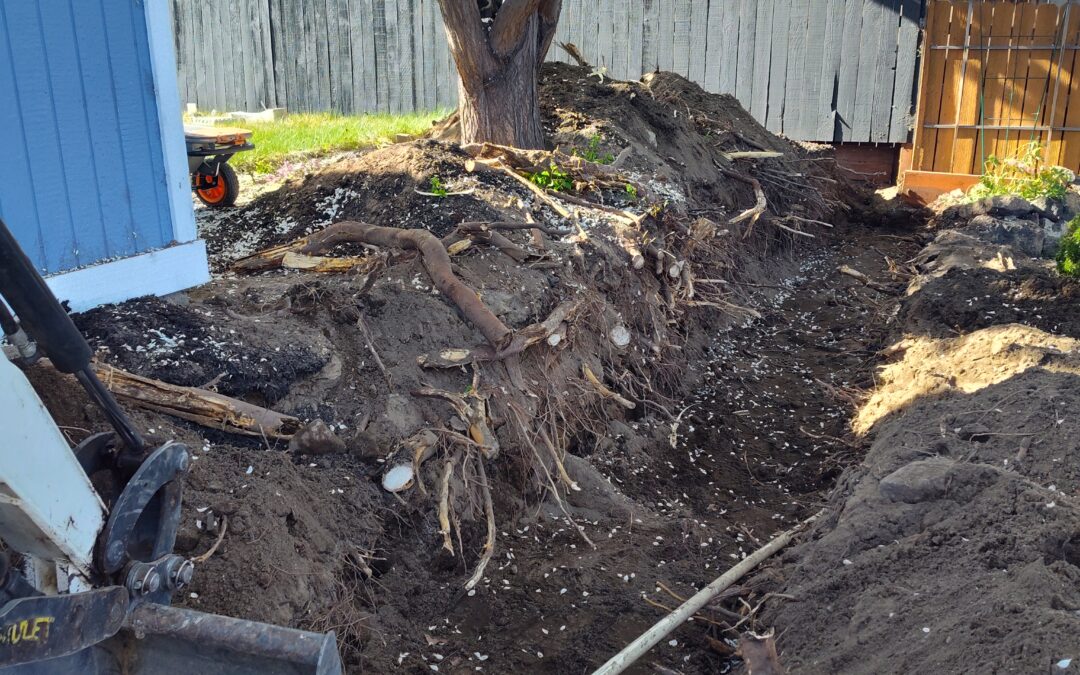“Critical root zone” sounds kind of ominous doesn’t it? What does it mean? Why does it matter? How can it affect not only your tree, but other projects around your property?
What is it?
First let’s define Critical Root Zone (CRZ). The International Society of Arboriculture defines CRZ as an area equal to a 1-foot radius from the base of the tree’s trunk for each 1 inch of the tree’s diameter at 4.5 feet above grade (referred to as diameter at breast height). The Pacific Northwest ISA has a great chart that gives examples on estimating the diameter of your tree’s zone. These guides aren’t an exact science as each tree will be unique in it’s individual structure, soil type etc. so an on site evaluation is preferred if you need specific ideas or measurements.
Why is it important?
Now, why does this matter anyway? Well, let me explain, no there is too much, let me sum up (Princess Bride anybody? No? Just me? Ok fine.) Your trees root system is its source of stability, water absorption, and nutrient absorption. The stability of an object is dependent upon its Base of Support (BOS) and Center of Gravity (CG). The base of support refers to the area beneath something that provides support. The larger that area is the more stability and support is provided. The center of gravity is the point where an objects weight is concentrated. The lower the center of gravity, the more stable the object. Now, your tree may have a high CG with the weight of limbs and leaves, especially in wet or snowy weather. This can be heavily influential in the survival of your trees in a storm situation. So having a large BOS is vital to keeping your tree in place, and surrounding structures, people, property etc. safe. You also have to take into account the tree’s water and nutrition requirements. Imagine you lost 1/3 of your lungs, or your water intake, or how you feel when you get the flu and can’t keep anything down and you have no nutrition intake. You can’t stay healthy (or get healthy) like that for long right? The same goes for the trees! The general rule of thumb is no more than 1/3 of the CRZ should be disturbed on any given tree to prevent catastrophic failure of the tree.
Management
Now what can cause damage? A variety of factors, such a soil compaction caused by construction or installation of concrete, pavers or asphalt, digging or trenching too close to the tree, or various diseases and pathogens. Most of these variables can be controlled by careful planning or consideration of tree placement in regards to the landscape and structures around it. Employment of a skilled landscape architect or a consulting arborist (like us!) can assist in the proper planning and preservation of your trees and prolong their longevity. Or if required, remove the trees prior to structures being built that will inhibit their proper growth and stability, and it’s drastically easier and cheaper to remove a tree with a clearer drop zone! See our article on pricing for more details on what influences ease of removal or pruning.
So, your first grade teacher was right when they taught you that roots are important. Now you know more about why!
So, your first grade teacher was right when they taught you that roots are important. Now you know more about why!

